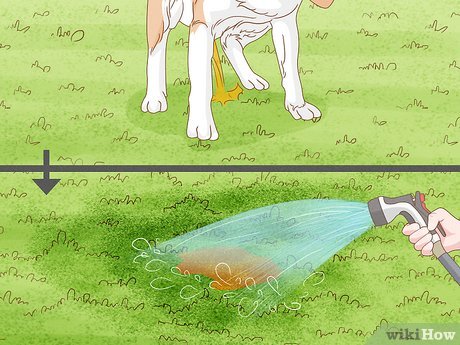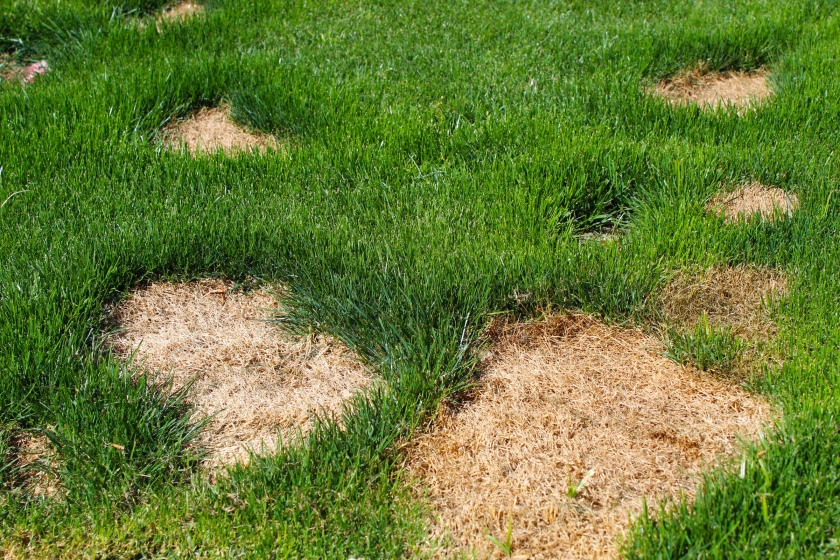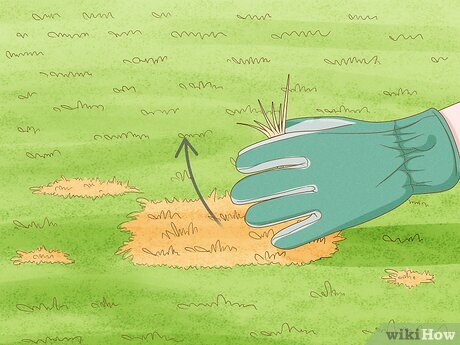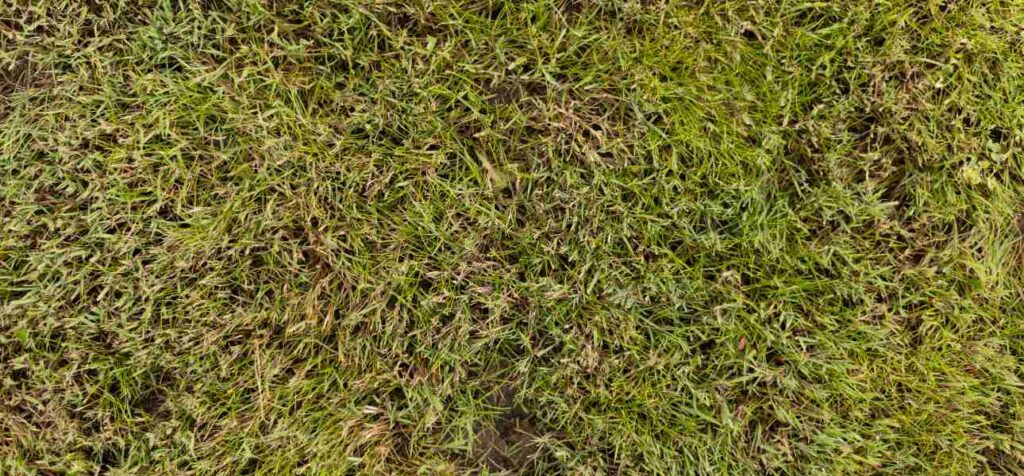Pets bring joy and companionship, but they can also wreak havoc on your lawn. From unsightly brown spots to holes and trampled turf, pet damage is a common problem for homeowners. Fortunately, there are practical solutions to restore your lawn and prevent future issues. In this guide, you’ll learn how to repair lawn damage from pets, including treatment tips, reseeding advice, and pet-friendly lawn care practices.


Common Types of Pet Lawn Damage
Before repairing, it’s important to understand the types of damage your pet might cause:
Urine Burns (Brown or Yellow Spots)
Dog urine contains high nitrogen levels, which can “burn” the grass, causing brown or yellow patches.Digging and Hole Damage
Dogs and sometimes cats may dig in the lawn, leaving uneven terrain and exposed soil.Traffic Wear and Tear
Pets that run or play on the lawn frequently may create worn paths and compacted soil.
Step-by-Step: How to Repair Lawn Damage from Pets
1. Neutralize Pet Urine Spots
Urine burns are the most common issue and are easy to address with the right approach.
Flush the Area: As soon as you spot a urine patch, water the area thoroughly to dilute nitrogen levels.
Apply a Soil Conditioner: Use gypsum or a soil amendment designed to balance pH and neutralize nitrogen.
Remove Dead Grass: Rake out the dead grass to expose the soil beneath.
Reseed or Patch: Apply grass seed or use a lawn patch mix specifically for pet-damaged areas. Lightly cover with topsoil or compost.
✅ Pro Tip: Choose grass types more resistant to pet urine, such as perennial ryegrass or fescue.
2. Repair Holes from Digging
If your dog enjoys digging, repairing the holes is essential to avoid tripping hazards and bare spots.
Clean the Hole: Remove any loose debris or rocks.
Refill with Soil: Add a mix of topsoil and compost until it’s level with the surrounding lawn.
Tamp it Down: Firm the soil gently to avoid air pockets.
Overseed the Area: Sprinkle grass seed, lightly rake it in, and water thoroughly.
✅ Pro Tip: Block off repaired areas for a few weeks so grass has time to establish without being trampled.
3. Address Compacted or Worn-Out Areas
High-traffic areas, like paths your pet frequently uses, may have thin or no grass due to soil compaction.
Aerate the Soil: Use a manual or machine aerator to loosen compacted soil.
Add Compost or Topsoil: This helps rejuvenate the area with nutrients.
Reseed and Water: Spread grass seed and keep the area moist for successful germination.
✅ Pro Tip: Create a designated dog path using mulch or stepping stones to reduce wear in problem areas.
Prevent Future Lawn Damage from Pets
Once you’ve repaired the lawn, prevention is key to maintaining a healthy yard.
1. Train Your Pet
Train dogs to use a specific potty area. Consider gravel, mulch, or artificial turf to reduce damage.
2. Use Pet-Friendly Lawn Treatments
Choose fertilizers and weed control products that are safe for pets and reduce chemical stress on your lawn.
3. Hydrate High-Use Areas
Regular watering can dilute urine and prevent burn spots from forming.
4. Feed Your Lawn Regularly
Healthy grass is more resistant to damage. Use a balanced fertilizer throughout the growing season.
Pet-Safe Lawn Repair Products
Some commercial products are designed specifically for repairing pet-damaged lawns:
Pet Spot Repair Kits: These include seed, mulch, and starter fertilizer in one product.
Lawn Burn Repair: These treatments neutralize nitrogen and help grass recover.
Grass Varieties for Pets: Look for seed mixes labeled as pet-resistant or tolerant.
Final Thoughts
Learning how to repair lawn damage from pets doesn’t have to be overwhelming. With the right approach, you can restore your lawn to its green glory while keeping it safe and fun for your furry companions. Regular maintenance, pet training, and proper lawn care techniques can go a long way in reducing future damage.
By applying these tips and using pet-friendly solutions, you’ll enjoy a beautiful lawn and a happy pet.


